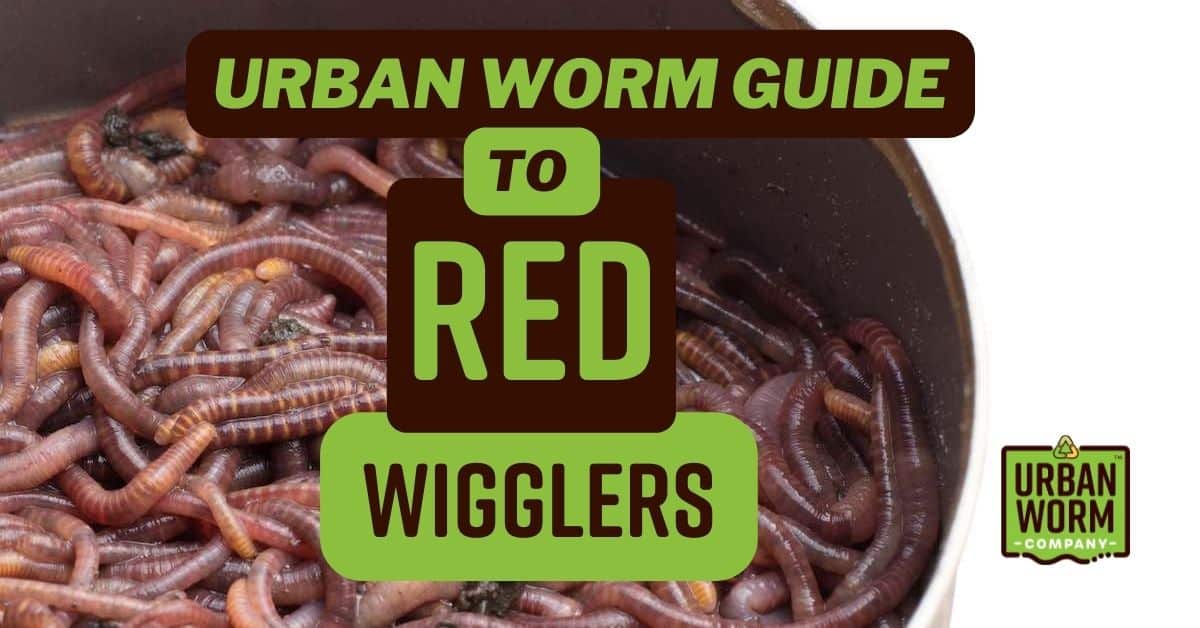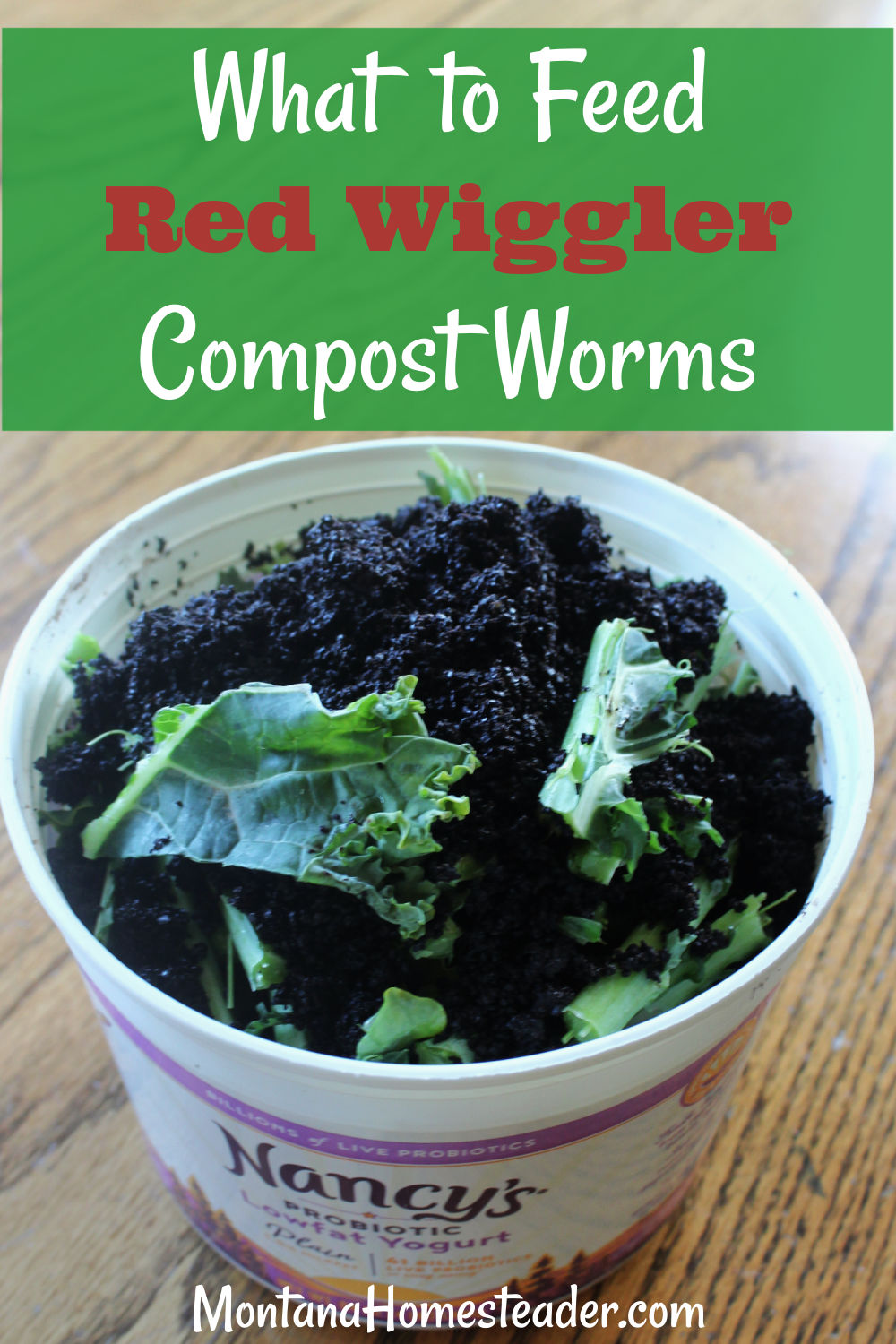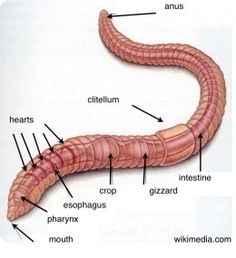Get Red Wiggler Worms - Suitable for Composting and Horticulture
Get Red Wiggler Worms - Suitable for Composting and Horticulture
Blog Article
Making Best Use Of the Benefits of Red Wiggler Worms: A Comprehensive Guidebook for Home Gardeners and Urban Farmers
In the world of lasting gardening techniques, red wiggler worms stand as unhonored heroes, silently transforming organic waste into nutrient-rich castings that can function marvels for dirt health and wellness. As home gardeners and city farmers increasingly look for affordable and eco friendly methods to boost their yards, the possible advantages of taking advantage of the power of red wigglers can not be overemphasized. From minimizing kitchen area waste to cultivating much healthier plants, the use of these simple animals uses a plethora of benefits. By discovering the details of exactly how to efficiently look after and maximize the advantages of red wiggler worms, individuals can open a riches of possibilities for boosting the sustainability and productivity of their horticulture endeavors.
Recognizing Red Wiggler Worms
Red Wiggler worms, renowned for their reliable composting capacities, are a species of earthworms widely used in vermiculture methods. These worms, medically recognized as Eisenia fetida, thrive in decaying organic material, making them optimal prospects for composting.
One trick characteristic of Red Wiggler worms is their reproductive rate. These hermaphroditic creatures possess both female and male reproductive organs, allowing them to recreate quickly under positive problems. A mature Red Wiggler can create several children in a brief period, making sure a consistent populace within a composting system.

Establishing a Worm Bin
When developing a worm container for vermiculture purposes, proper preparation and interest to information are essential for creating a conducive atmosphere for Red Wiggler worms. Begin by choosing an appropriate container for your worm bin.

Area the worm container in an awesome, dark location away from straight sunlight and severe temperatures. By following these steps, you can set up a growing worm container that will efficiently refine natural waste into nutrient-rich vermicompost for your garden.
Feeding and Preserving Worms
Making sure a nutritious and balanced diet plan is vital for the wellness and productivity of Red Wiggler worms in a vermiculture system. It is vital to prevent feeding them citrus fruits, onions, garlic, milk items, meat, and oily foods as these can be unsafe to the worms or cause unpleasant odors in the container.
Proper moisture levels are also crucial for the well-being of Red Wiggler worms. The bedding ought to seem like a wet sponge, supplying enough wetness for the worms to breathe through their skin. Routinely inspect the dampness degrees and readjust by adding water or completely dry bed look at here now linens material as required. In addition, keeping correct temperature level problems between 55-77 ° F(13-25 ° C )will certainly make sure ideal worm activity and reproduction. informative post By diligently checking their diet plan, wetness, and ecological problems, home gardeners and urban farmers can sustain a effective and healthy and balanced Red Wiggler worm populace for composting purposes.
Collecting Worm Spreadings
To effectively extract nutrient-rich worm spreadings from the vermicompost, a methodical harvesting process is necessary for taking full advantage of the composting advantages. Red Wiggler Worms. The initial step in gathering worm spreadings is to motivate the worms to move to one side of the bin. This can be attained by placing fresh food scraps on one side and leaving the various other side uninterrupted for a couple of days. As soon as the majority of worms have moved to the side with fresh food, the castings can be gathered from the contrary side.
After the spreadings have actually been harvested, it is essential to divide any type of staying worms from the castings to stay clear of damaging them during storage space or application. One reliable approach is to produce conical heaps of castings under intense light. Worms will intuitively relocate away from the light, enabling easy splitting up and elimination.
Last but not least, the gathered worm spreadings ought to be saved in an awesome, dark, and dry place to maintain their quality and performance as a nutrient-rich soil modification. By complying with these steps, home gardeners and metropolitan farmers can take full advantage you could try these out of the advantages of red wiggler worms in their vermicomposting systems.
Making Use Of Worm Castings in Gardening
The consolidation of nutrient-rich worm castings right into yard dirt can significantly enhance plant development and overall dirt health. Worm castings, likewise called vermicast, are an all-natural plant food produced by red wiggler worms as they break down raw material. These spreadings are abundant in necessary nutrients like nitrogen, phosphorus, potassium, and advantageous germs that promote plant development and boost soil framework.
When using worm spreadings in horticulture, it is vital to mix them extensively into the soil or utilize them as a leading dressing around plants. The slow-release nature of worm castings makes sure a consistent supply of nutrients to plants over time, lowering the risk of nutrient leaching and promoting lasting soil fertility. Additionally, worm castings assist enhance dirt oygenation, water retention, and microbial task, developing a healthy and balanced environment for plant origins to flourish.

Conclusion
In final thought, the use of red wiggler worms in home horticulture and metropolitan farming can significantly profit dirt wellness and plant development. By understanding just how to set up and preserve a worm bin, feed the worms appropriately, and harvest their nutrient-rich castings, garden enthusiasts can make the most of the benefits of these earthworms.
In the realm of lasting horticulture techniques, red wiggler worms stand as unrecognized heroes, silently changing natural waste into nutrient-rich castings that can work wonders for dirt health.When developing a worm bin for vermiculture functions, appropriate preparation and focus to information are crucial for developing a conducive atmosphere for Red Wiggler worms. The first step in gathering worm spreadings is to motivate the worms to migrate to one side of the container. Worm spreadings, also known as vermicast, are a natural plant food generated by red wiggler worms as they break down natural issue. By understanding exactly how to set up and preserve a worm container, feed the worms correctly, and collect their nutrient-rich castings, garden enthusiasts can make the most of the benefits of these earthworms.
Report this page